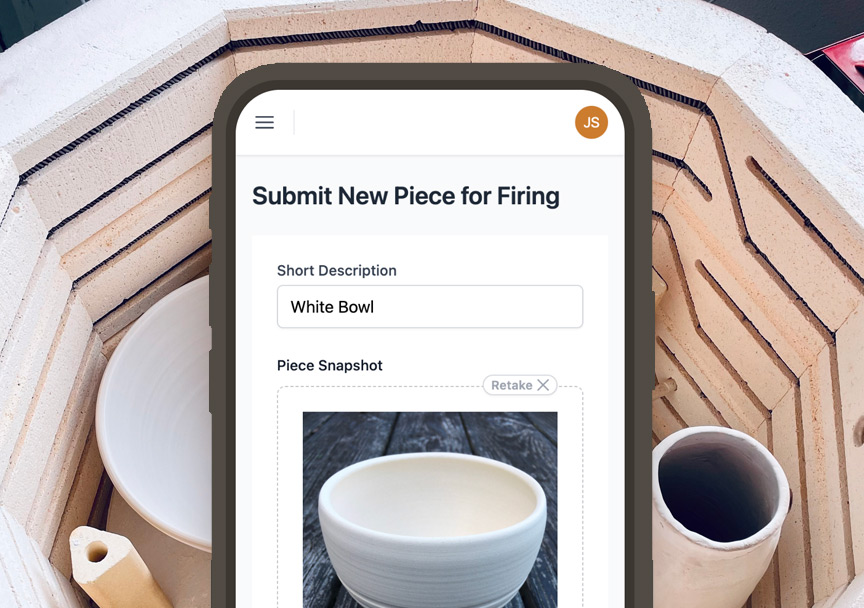Commercial electric and gas-fired kilns provide the most accurate results when firing clay or glazed ceramic pieces. However, with creativity and resourcefulness, potters lacking proper kilns can approximate similar effects using standard ovens and other easily obtained tools.
While improvised firing methods do not offer the precision of true kilns, they can successfully bisque or glaze fire smaller ware batches. Aspiring ceramicists need not be intimidated to start out due to a lack of equipment.
Consider these techniques to fire clay at home.
Saggar Firing
This time-tested technique was originally developed in Asia over 700 years ago. It involves carefully loading pottery wares into a protective container called a saggar, then placing the whole saggar unit into a standard oven or hobby kiln for firing.
While temperature regulation is limited without a true kiln’s precise controls, the saggar method can be used to safely bisque fire pottery that incorporates smoke, carbon trapping, or flashing glaze finishes by essentially turning the saggar into a small private kiln-like environment.
Electric Skutt Kilns
Small tabletop electric hobby kilns from Skutt measure only around 2x2x2 feet but offer decent temperature regulation for small wares. While firing capacity is very limited, results can rival full-scale kilns.
Refractory Oven Lining
Another way to adapt a kitchen oven for basic ceramic firing is to line it with high-temperature firebricks and alumina fiber blankets to create a more gradual, indirect heating environment. The refractory lining helps shield ware from quenching cracks by reducing the flame intensity and airflow.
While noisy from expansion stress and less insulating than true kilns, a DIY brick-lined oven can be used to bisque fire smaller ceramic pieces, jewelry, or sculptures to around Cone 04 with care.
Conservative temperature ramps are essential, as rapid swings still risk thermal shock breakage without proper kiln insulation. But with patience and observation during initial test firings, small ware bisque firing is viable.
Micro Kilns
For a more self-contained tabletop setup approximating the scale of a miniature hobby kiln, an effective option is using tailored alumina fiber waste cans, which are widely available. The inside of the can is lined with an additional alumina fiber blanket to create a protected chamber. Clay pieces are loaded carefully inside the canister, and the fiber lid is placed on top.
Placing the makeshift can kiln in a standard firepit, grill, or other heat source surrounded by radiant coals or flames allows for gently and uniformly heating of the can from all sides. Conservative firing up to around 1600°F is realistic for bisquing or low-temperature glaze firing smaller wares. The fiber cans survive repeated use and transport easily for mobile workshops.
Oven Chamber Controllers
For the closest home approximation to true programmed kiln capabilities, adding an electronic controller system to an oven allows configuring customizable firing profiles. By replacing the oven’s standard analog knob with a digital PID controller, firing ramps, target temperatures, and holds can be precisely set to match the optimal schedule for a given clay body or glaze chemistry.
While limited in scale compared to large production kilns, an electronically controlled oven with the right programming can produce small-batch bisque and glaze results rivaling some entry-level hobby kilns costing hundreds more. With patience and care, electronics transform an ordinary oven into a serviceable DIY kiln.
Though true ceramic kilns remain the ideal controlled environment for critical firing stages, lack of proper equipment need not prevent new pottery hobbyists from gaining experience and skills. With clever improvising and experimentation, ceramic pieces can be brought to maturity in standard home ovens. Where there’s a will to fire clay, there’s a way.


